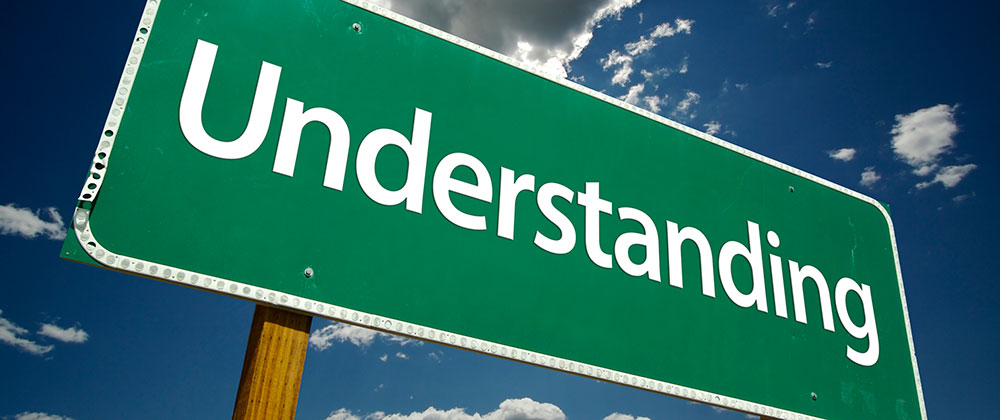Understanding Allocation of Construction Damages Between the Parties
While it is imperative that the claimant fully understand its damages—not only what it is claiming, but what the law supports—equally if not more important is understanding where those damages may be apportioned between the parties. If the claimant presents a reasonable apportionment of damages in advance of mediation, this may facilitate participation by the parties and their insurance carriers at mediation. Be mindful that insurance defense attorneys typically cannot get authority to settle shortly before or the day of mediation. The adjuster needs the case analysis at least 30 days (if not more) in advance to get requisite settlement authority. Timely providing the defense with your theory of the case and damages, including why you are legally entitled to them, in advance of mediation will allow the adjuster(s) to consider the risks of proceeding to trial, and increase the chances of the adjuster getting the authority needed to settle on the day of mediation.
Particularly with large claims, coordination among the owner, architect, general contractor and subcontractors before mediation is highly advisable. Where an owner is adverse to the architect and contractor, the parties may consider bifurcating the mediation. For example, meeting with the architect first to discuss its potential exposure and to gain further insight into how it intends to counter claims of deficient design may prove invaluable when the owner meets with the contractor afterward. An owner may determine that aligning itself with one side over the other may enhance the chances of a global settlement. If global settlement does not occur, settlement with on party may result in their cooperation in pursuing the other.
Where mediation occurs early enough, especially prior to litigation, the mediation process may result in a formal joint defense agreement between the parties to jointly pursue the more culpable party. In representing owners, it is not uncommon to join forces with the architect to defend the contractor’s design defect claims, as the architect is in the best position to defend its design. However, there may be occasions where an owner and contractor may wish to jointly pursue the architect where significant design liability is apparent.
The parties may also consider bifurcating the owner/contractor claims from the contractor/subcontractor claims. Pre-mediation conferences (usually by phone or zoom) with the mediator are helpful in laying out how the mediation will be conducted. While there are no guarantees to a successful mediation with multiple parties, planning ahead with the mediator is vital. Another consideration is the use of experts during mediation. Where the claim amount justifies it, having experts attend mediation is the best way to present their opinions to the parties, counsel and adjusters.
Consider the effective use of PowerPoint slides to facilitate the presentation, incorporating key project documents and photographs to make the point. It’s one thing to say to an opposing party at mediation “the evidence will show that . . .”; it’s another to actually show it to them! Consider, for example, the powerful effect of a party’s handwritten notes that contain damning admissions of liability. In this author’s experience, some attorneys use mediation as an opportunity to obtain “free” discovery, to see how the other side intends to prosecute or defend a claim. As a result, it may not always be prudent to show your entire hand at mediation. The decision to use (or not use) certain evidence at mediation is purely a strategic one that must be carefully made, taking into consideration the procedural posture of the case, the audience in attendance, and the realistic chances of settlement at the time of mediation. For example, if trial is close and discovery has nearly been completed, “pulling out all the stops” has little downside since presumably the other side knows your case by then. If, on the other hand, the parties are attending early mediation, a party may wish to hold some things back in case the matter does not settle.
For further help understanding allocation of construction damages between the parties, contact Florida construction mediator and lawyer Gary L. Brown at (954) 370-9970 or (954) 448-1133.

